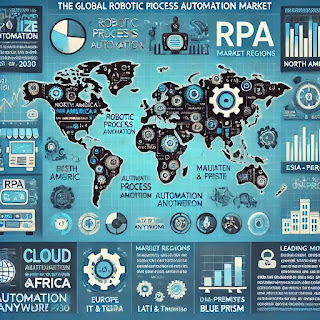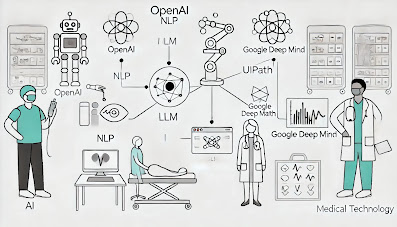Ten small-cap, publicly traded companies using cutting edge Ai in to enhance healthcare!
iCAD Inc. (NASDAQ: ICAD)
iCAD develops advanced AI solutions for early cancer detection and therapy. Their ProFound AI® platform assists radiologists by improving the accuracy and efficiency of breast cancer detection in mammography and digital breast tomosynthesis. The technology uses deep learning algorithms to analyze images and highlight areas of concern, aiding in clinical decision-making.
BioXcel Therapeutics Inc. (NASDAQ: BTAI)
BioXcel Therapeutics leverages artificial intelligence to identify and develop new medicines in neuroscience and immuno-oncology. Their proprietary AI platform, EvolverAI, analyzes vast datasets to discover novel drug candidates and repurpose existing drugs, accelerating the drug development process and reducing costs.
Predictive Oncology Inc. (NASDAQ: POAI)
Predictive Oncology uses AI and machine learning to develop personalized cancer therapies. Their subsidiary, Helomics, utilizes a comprehensive tumor profiling platform powered by AI to predict how tumors will respond to various treatments. This approach aims to improve patient outcomes by tailoring therapies to individual tumor characteristics.
Lantern Pharma Inc. (NASDAQ: LTRN)
Lantern Pharma employs AI-driven genomics and biomarker data to streamline the development of oncology drugs. Their proprietary platform, RADR® (Response Algorithm for Drug Positioning & Rescue), uses machine learning to identify patient groups most likely to benefit from specific therapies, enhancing the efficiency of clinical trials and increasing the likelihood of regulatory approval.
Exscientia plc (NASDAQ: EXAI)
Exscientia is a pharmatech company specializing in AI-driven drug discovery. Their end-to-end platform integrates AI algorithms with experimental capabilities to design and optimize novel drug candidates rapidly. Exscientia has been successful in advancing multiple AI-designed molecules into clinical trials, demonstrating the potential of AI in accelerating pharmaceutical innovation.
Recursion Pharmaceuticals Inc. (NASDAQ: RXRX)
Recursion Pharmaceuticals uses AI and machine learning to accelerate drug discovery by integrating experimental biology and chemistry with advanced computational tools. Their platform rapidly identifies potential therapeutics across various disease areas, aiming to shorten the drug development timeline.
Renalytix plc (NASDAQ: RNLX)
Renalytix develops AI-enabled diagnostics for kidney disease. Their KidneyIntelX™ platform uses machine learning algorithms to assess the risk of progressive decline in kidney function, aiding in early intervention and personalized treatment plans to improve patient outcomes.
Nanox Imaging Ltd. (NASDAQ: NNOX)
Nanox is developing a novel digital X-ray source and AI-powered imaging systems. Their technology aims to make medical imaging more accessible and affordable globally. The integration of AI enhances image analysis, potentially enabling earlier detection of diseases.
Butterfly Network, Inc. (NYSE: BFLY)
Butterfly Network has created a handheld, smartphone-connected ultrasound device powered by AI. Their Butterfly iQ+ uses AI to assist clinicians in acquiring and interpreting ultrasound images, making diagnostic imaging more accessible in various healthcare settings.
DarioHealth Corp. (NASDAQ: DRIO)
DarioHealth provides digital therapeutics solutions for chronic conditions. Their AI-driven platform offers personalized health management tools for diabetes, hypertension, and weight management. By utilizing data analytics and AI, they aim to improve patient engagement and outcomes.
These companies are at the forefront of integrating artificial intelligence into healthcare, aiming to improve diagnostics, personalize treatments, and accelerate drug discovery processes. Investing in these firms involves risks typical of small-cap stocks, such as higher volatility and potential liquidity issues, so thorough due diligence is recommended.
Discl:
We own shares of only one of these companies at this writing, however, are doing more due diligence on several others!
Update: Sept 18th 2024
We now own shares of: - RXRX ICAD NNOX and BFLY













